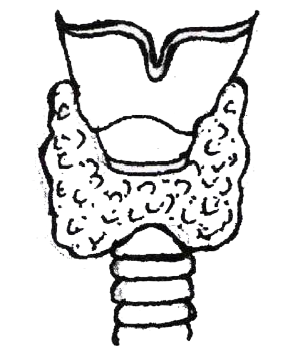The adjoining figure represents a cuboid.
(i) How many edges does the cuboid have?
(ii) Name two edges of the cuboid which are parallel to AD .
(iii) Name two edges of the cuboid which are perpendicular to AD.

Step by step video & image solution for The adjoining figure represents a cuboid. (i) How many edges does the cuboid have? (ii) Name two edges of the cuboid which are parallel to AD . (iii) Name two edges of the cuboid which are perpendicular to AD. by Maths experts to help you in doubts & scoring excellent marks in Class 6 exams.
Updated on:21/07/2023Similar Questions
In the adjoining figure, explain :
(i) which side is the greatest side ?
(ii) which of two sides are equal ?
(iii) which is the smallest side of ΔAQS ?

View SolutionFigure. represents a cuboid. The lengths of the edge, AE, EF and FG are indicated as l, b and h respectively. Indicated the lengths of all other edges.
View SolutionFill in the blanks to make the following statements true:
(i) A cuboid has .......... vertices.
(ii) A cuboid has .......... edges
(iii) A cuboid has .......... faces.
(iv) The number of lateral faces of a cuboid is .........
(v) A cuboid all of whose edges are equal is called a .........
(vi) Two adjacent faces of a cuboid meet in a line segment called its .........
(vii) Each edge of a cuboid can be obtained as a line segment in which two ......... meet.
(viii) ......... edges of a cube (or cuboid) meet at each of its vertices.
(ix) A ......... is a cuboid in which all the six faces are squares.
(x) The three concurrent edges of a cuboid meet at a point called the ......... of the cuboid.
View SolutionIn Figure, name the (i) face parallel to BFGC (ii) faces adjacent to BFGC (iii) three edges which meet in the vertex G.
View SolutionFor the cuboid show in Figure. What is the base of this cuboid? What are the lateral faces of this cuboid? Name one pair of opposite faces. How many pairs of opposite faces are there? Name them. Name all the faces of this cuboid which have X as a vertex.
View SolutionWhat is the name of the shape in Fig. A? How many faces, edges and vertices does it have?

View SolutionThe diagram given below represents the location and structure of an endocrine gland. Study the same and answer the questions that follow:

(i) Name the endocrine gland shown in the diagram.
(ii) Name the secretion of the gland which regulates basal metabolism
(iii) Name the mineral element required for the synthesis of the above mentioned hormone.
(iv) Name the disease caused due to undersecretion of the above mentioned hormone in children.
(v) Name the disease caused due to hypersecretion of the above mentioned hormone .
View SolutionA square coil of edge I having n turns carries a curent i. it is kept on a smooth horizontal plate. A uniform magnetic field B exists in a direction parallel to an edge the total mass of the coil is M. What should be the minimum value of B for which the coil will start tipping over?
View SolutionA square coil of edge I having n turns carries a curent i. it is kept on a smooth horizontal plate. A uniform magnetic field B exists in a direction parallel to an edge the total mass of the coil is M. What should be the minimum value of B for which the coil will start tipping over?
View Solution(I) Name any two helminths which are known to the pathogenic to human.
(ii) List any two symptoms of the diseases caused by any one of them.
View Solution
